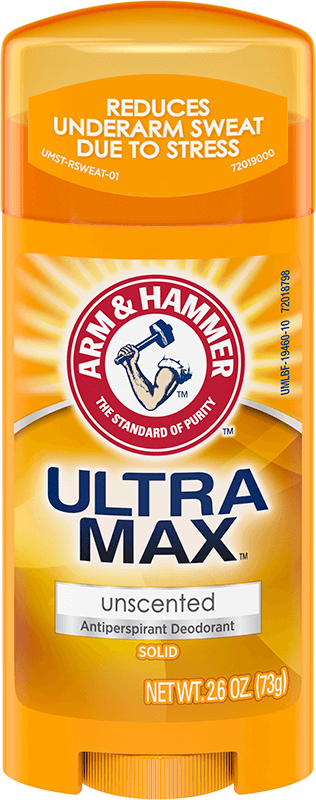If you’re looking to exercise outside or just enjoy some fresh air, keep this in mind: The pollen count is at its highest between 5 AM to 10 AM, and pollen is more severe on windy and dry days. If it just rained, you’re in luck because the pollen count drops significantly on humid and rainy days.
If you or a family member has allergies and you’re planning a spring vacation, head to the Southwest! This region of the U.S. has a lower pollen count than other areas. The beach is also a safer destination for avoiding pollen.




